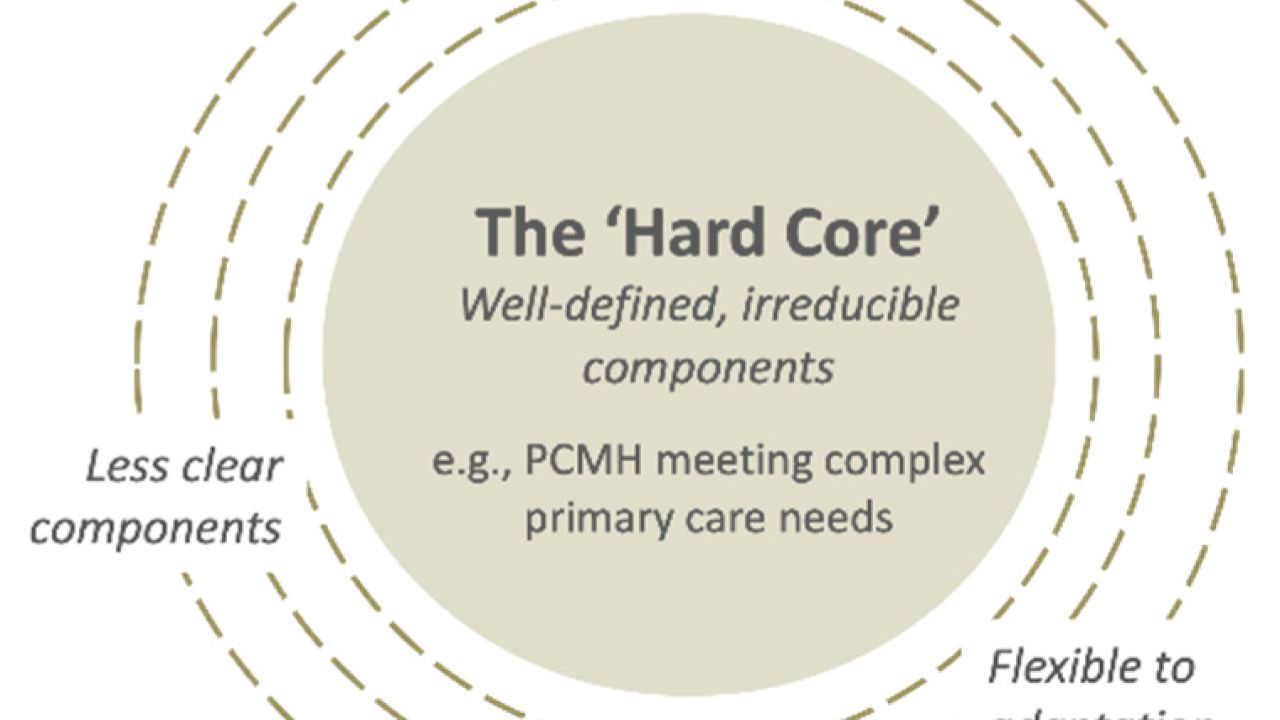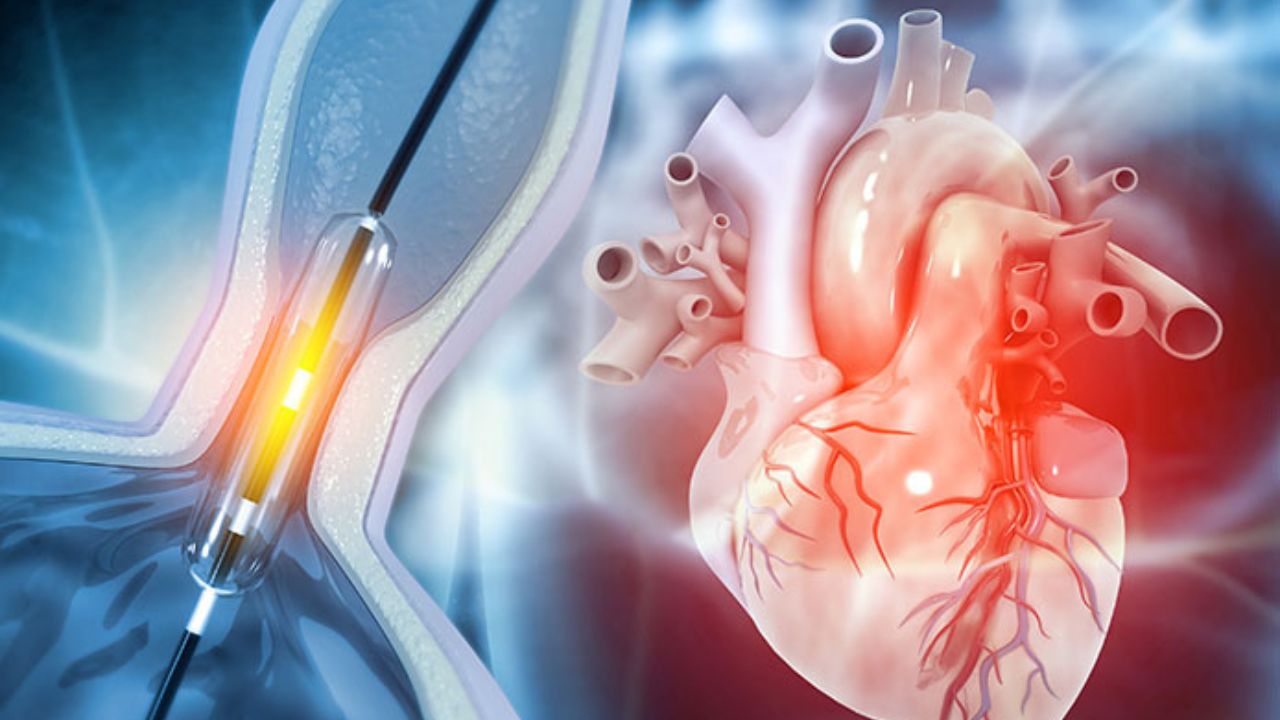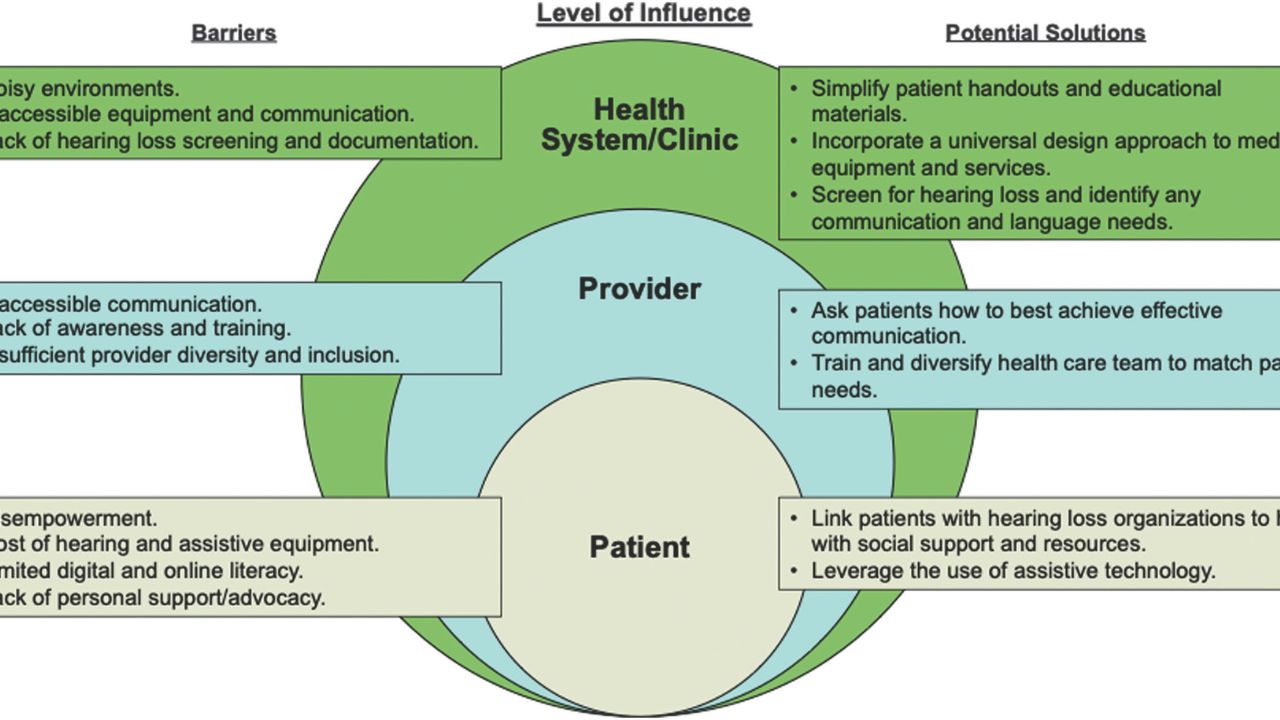Introduction
Throughout human history, substances that alter mental states—psychoactive drugs—have played a complex role in societies worldwide. From ancient rituals to modern recreational use, psychoactive substances have been intertwined with culture, religion, medicine, and social behaviors. Today, the global landscape of psychoactive drug use is vast and multifaceted, encompassing legal and illegal substances, traditional and synthetic compounds, and a spectrum of motivations for use.
Among these substances, one stands out for its pervasive presence and profound societal impact: caffeine. Often overlooked as a drug due to its legality and cultural normalization, caffeine arguably remains the most widely consumed psychoactive substance globally. This essay explores the reasons behind caffeine’s dominance, compares it with other psychoactive drugs, and examines its social, health, and economic implications.
Defining Psychoactive Drugs
Psychoactive drugs are chemical substances that affect the central nervous system, altering perception, mood, consciousness, cognition, or behavior. These drugs can be classified into several categories:
- Stimulants: Increase alertness and energy (e.g., caffeine, cocaine, amphetamines)
- Depressants: Reduce arousal and nervous activity (e.g., alcohol, benzodiazepines)
- Hallucinogens: Alter perception and consciousness (e.g., LSD, psilocybin)
- Opioids: Relieve pain and induce euphoria (e.g., heroin, morphine)
- Cannabinoids: Affect mood and perception (e.g., cannabis)
While many psychoactive substances are regulated or illegal, some are culturally accepted and integrated into daily routines, shaping societal norms and behaviors.
The Ubiquity of Caffeine: The World’s Most Popular Psychoactive Substance
1. Historical Context and Cultural Integration
Caffeine’s history dates back thousands of years. The earliest evidence of coffee consumption originates from Ethiopia around the 9th century, with the beverage spreading to the Arabian Peninsula, Europe, Asia, and Africa. Tea, another caffeine-rich plant, has been integral to Asian cultures for centuries.
Over time, these beverages became embedded in social rituals, religious practices, and daily routines. Coffeehouses emerged as centers of social interaction, intellectual discourse, and commerce—particularly in Europe during the Enlightenment.
2. Global Consumption Patterns
According to the International Coffee Organization, over 2 billion cups of coffee are consumed daily worldwide. Tea is similarly ubiquitous, with consumption exceeding 3 billion cups per day. These figures underscore caffeine’s central role in daily life for billions of people.
Key points:
- Prevalence: Caffeine is consumed by approximately 80% of the world’s population daily.
- Accessibility: It is legal, inexpensive, widely available, and socially accepted.
- Cultural Norms: Drinking coffee and tea is embedded in social rituals, work routines, and leisure activities.
3. Pharmacological Effects and Dependence
Caffeine acts as an adenosine receptor antagonist in the brain, leading to increased alertness, reduced fatigue, and enhanced concentration. Its stimulating effects are mild compared to other drugs but are sufficient to reinforce habitual use.
Chronic consumption can lead to dependence, characterized by withdrawal symptoms such as headache, fatigue, irritability, and difficulty concentrating. Despite this, caffeine’s dependence potential is relatively low, and its use is generally considered safe for most adults in moderate amounts.
Why Is Caffeine the Most Widespread Psychoactive Drug?
1. Legal Status and Cultural Acceptance
Unlike illegal drugs, caffeine is legal almost everywhere, with no significant social stigma attached to its use. Its cultural normalization reduces barriers to consumption, making it an integral part of daily life.
2. Functional and Social Utility
Caffeine provides tangible benefits: increased alertness, improved mood, and enhanced productivity. These effects are especially valued in work environments, educational settings, and social gatherings.
3. Accessibility and Economic Factors
Caffeine-containing products—coffee, tea, soft drinks, energy drinks—are affordable and readily available globally. The mass production and marketing of caffeine products have further entrenched their presence.
4. Biological and Psychological Reinforcement
The mild stimulating effects reinforce habitual use. For many, caffeine consumption becomes a routine, a ritual, or a social activity, creating psychological dependence.
5. Low Acute Toxicity and Safety Profile
Compared to many recreational drugs, caffeine has a relatively safe profile when consumed in moderation. This safety promotes widespread acceptance and ongoing use.
Comparing Caffeine to Other Major Psychoactive Drugs
1. Cocaine and Amphetamines
Cocaine and synthetic stimulants like methamphetamine produce intense euphoria, increased energy, and confidence. They are illegal or highly regulated due to their high addiction potential and health risks. Their use is concentrated in specific social or recreational contexts and carries significant health, legal, and social consequences.
2. Alcohol
Alcohol is legal in most countries and socially accepted in many cultures. It is a depressant with sedative and anxiolytic effects. Alcohol consumption is deeply ingrained in social rituals, celebrations, and religious ceremonies. It has a high potential for dependence and many associated health risks, including liver disease, accidents, and violence.
3. Cannabis
Cannabis is increasingly legalized worldwide and has psychoactive effects mainly due to THC. Its use spans medicinal and recreational purposes, with social acceptance growing. While concerns about dependence and mental health exist, it generally has a lower risk profile than many illicit drugs.
4. Hallucinogens and Opioids
Hallucinogens like LSD and psilocybin are used recreationally and in ritual contexts but are less widespread. Opioids, both prescription and illicit, are associated with addiction crises, notably the opioid epidemic in North America.
5. The Distinctiveness of Caffeine
Compared to these substances, caffeine’s widespread legal status, low addiction potential, and cultural integration make it unique. Its effects are mild but sufficient to create habitual use and dependence—yet it remains socially acceptable worldwide.
Societal Impact of Caffeine Consumption
1. Economic Significance
The global coffee and tea industries are multibillion-dollar markets, providing employment to millions and generating substantial tax revenues. The caffeine trade influences agriculture, trade policies, and global commerce.
2. Health Implications
Moderate caffeine intake is generally safe and may confer health benefits, such as reduced risk of certain diseases (e.g., Parkinson’s, type 2 diabetes). However, excessive consumption can lead to:
- Insomnia
- Increased heart rate
- Anxiety
- Gastrointestinal disturbances
- Dependence and withdrawal symptoms
Special populations (pregnant women, individuals with certain health conditions) are advised to limit intake.
3. Cultural and Social Dimensions
Caffeine consumption fosters social bonding, cultural identity, and collective rituals. Coffeehouses historically served as centers of social and political discourse.
4. Public Health and Policy
The widespread use of caffeine raises questions about regulation, marketing, and health education. Some countries impose limits on caffeine content in energy drinks, especially for adolescents.
The Future of Caffeine and Psychoactive Consumption
1. Innovation in Caffeine Products
New formulations—capsules, nanotechnology-enhanced drinks, and functional beverages—are expanding caffeine’s applications.
2. Cultural Shifts and Regulatory Changes
Growing awareness of health effects and mental health considerations may influence consumption patterns. Some regions consider restricting high-caffeine products for minors.
3. Research and Societal Attitudes
Continued research into caffeine’s health effects will shape public perceptions and policies. The rise of functional foods and wellness trends may further embed caffeine’s role in health and lifestyle.
Conclusion
While many psychoactive drugs evoke images of illicit substances, the reality is that the most widespread psychoactive drug of choice globally is legal, culturally accepted, and deeply embedded in daily routines: caffeine. Its social acceptance, functional benefits, low toxicity, and cultural significance have cemented its place as the world’s most consumed psychoactive substance.
Understanding caffeine’s role in society sheds light on how cultural norms, economic interests, and individual behaviors intertwine in shaping drug consumption patterns. Despite its benign reputation, it is essential to recognize the potential health implications of excessive intake and to promote informed, balanced consumption.
As societies evolve and new psychoactive substances emerge, caffeine’s dominance remains a testament to its unique position—an accessible, socially sanctioned, and psychologically reinforcing substance that continues to influence human behavior worldwide.



